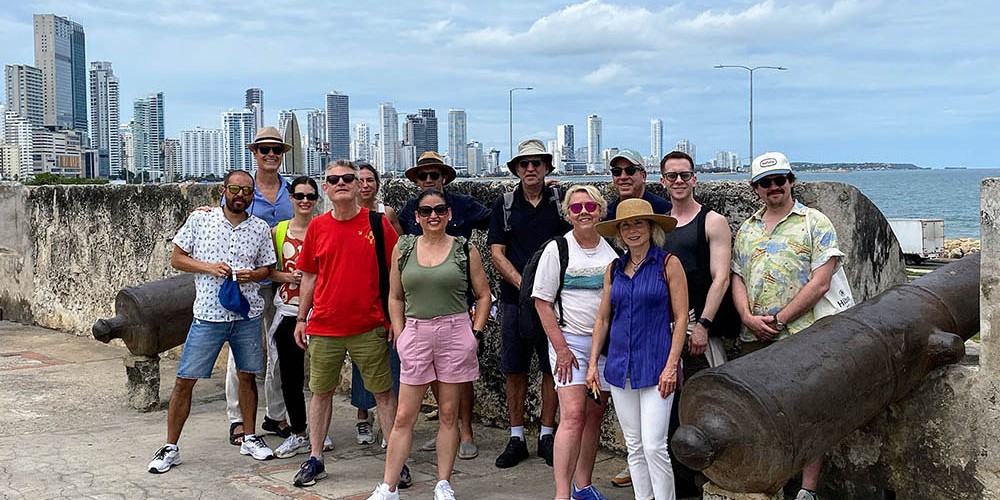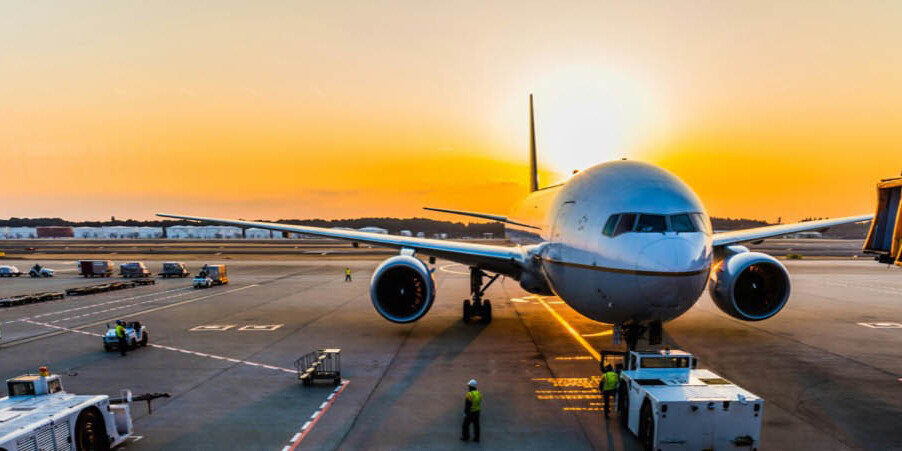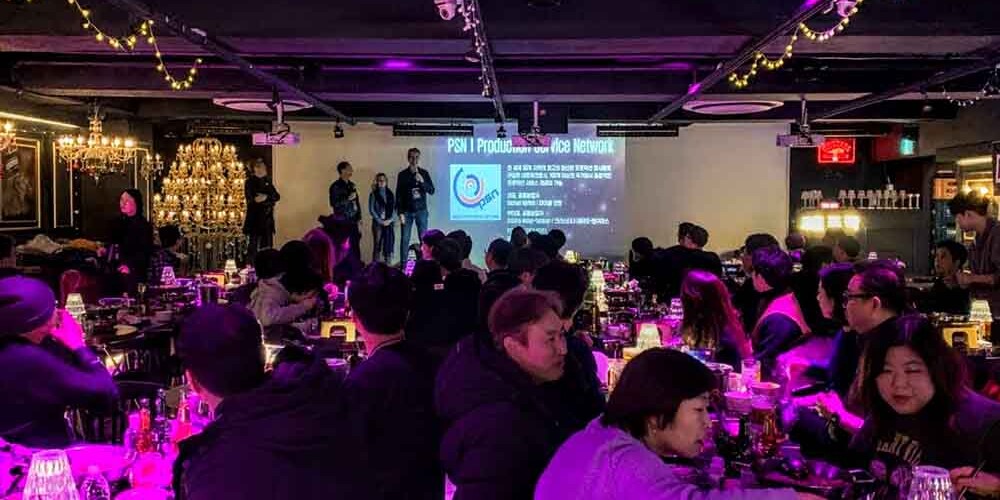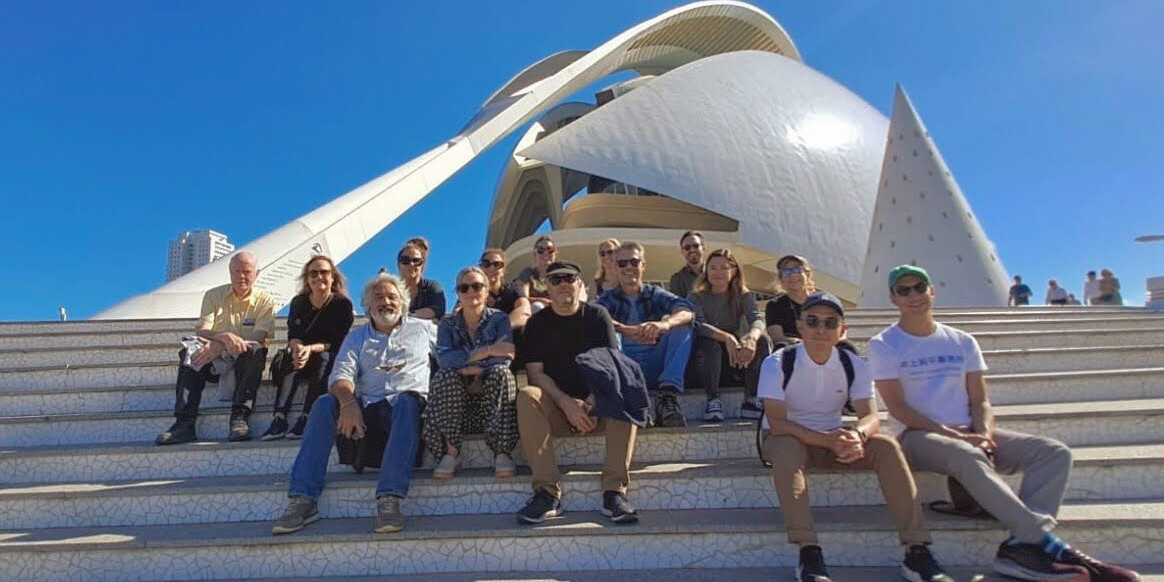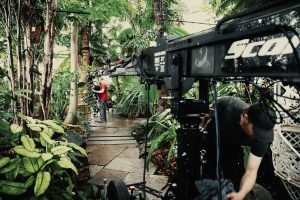At the helm of PSN Italy is Luca de Angelis, a veteran producer trusted by clients at home and abroad heading up a shop that delivers cost-effective shoot support and management.
Q: List a few of the reasons projects are shot in Italy.
A: Certainly not for an Arabic desert! Seriously, Italian locations are renowned worldwide. And producers who have come to shoot in Italy after enjoying a holiday know that we can stimulate all 5 senses. It is critical in our business for the art director, director, and EP to envision the same “frame” for their story in Italy. Experience at the iconic locales can help. But over the past decade we’re also seeing wider use of Italy’s modern locations, particularly for car commercials. It all boils down to our locations, professionalism, creativity, and style.
Q: How well does everyone speak English in Italy? Is it limited to department heads?
A: Nowadays, most professional crew here speak enough English to work and relate without difficulties. Since the times of “Dolce Vita” we’ve had a lot of experience with foreign crew. Service for feature film, commercial, digital, and web content is growing every year.
Q: What strengths do you have in local departments like art and wardrobe comparatively speaking?
A: The Italian crew departments of art, costume, hair & make up have each become famous for their innovative style and creativity. They all work with foreign crews regularly. Food stylist skills are also outstanding. Many agencies and production companies come to Italy just to film the food part of a commercial. And that sometimes leads to us shooting more with them on location in live action. And then you have our craftsmen. If you need a super computer, you go to Silicon Valley; if you want the latest technology, perhaps you go to Japan. But if you need something stunning or impossible to create, you must come to Italy: food, tissue, ceramic, glass, colors, or even black and white.
Q: Does a DOP need to travel in, or do you have great ones with reels to present?
A: We have very good DOPs with a wealth of experience in advertising, cinema, and fashion. Many of them are also represented in the UK and the US. We also have excellent directors working for the domestic and foreign market. Many of them are represented worldwide.
Q: Does Italy have ample studio space? How about back lots?
A: Cinecitta in Rome is the largest film studio in Europe. Milan and Turin are also home to good professional studios for construction.
Q: What are the strong and weak points of casting in Italy? Do you have a wide array of ethnic diversity?
A: Italy is best for casting people of the Mediterranean look. We have very capable actors. Although we are also in a good position to cover Caucasian casting. Casting for other ethnic communities such as African and Asian is limited to extras. The costs can be reasonable, since there are no actor unions. We deal direct with the agents to determine costs that fit the project and its budget.
Q: What is the best season to shoot in Italy?
A: Thanks to its geography and topography, Italy has a picture-postcard location for every season. From the snow-capped Alps of the north to spring and autumn in Tuscany to the year-round sunshine in the south.
Q: Are there any tricky production requisites we need to know about?
A: Tapping into the full potential of incentives requires a bit of study. If there is a coproduction between an Italian company and a foreign company, the first can get tax credits up to the amount of the 15% of the final costs. This is possible only for movie production (not advertising). Furthermore, it is also possible to get state and regional funding, but there are many bureaucratic rules to follow so it is best to plan properly time wise for this procedure. Tax credits and funding are usually released upon presentation of all papers at the end of the production. Actual receipt of payments can take time. As a general consideration, producers need to keep in mind that there’s no better solution to cost savings than working together. I’ve had cases where dialogue and dealing have trimmed local costs up to 30%! Apart from talent, this can also apply to crew for particular projects. My crew know I am fair with them and that I ask for adjustments to fit a project.
Q: What are a few of the films shot in Italy over the years?
A: Apart from the great classics (The Fellini’s films like 8 ½ and La dolce vita, Wyler’s Roman Holiday), you may be amazed by how many famous films have been shot here in Italy, even in small parts: Sergio Leone’s Once Upon a Time in America, Scorsese’s Gangs of New York, Ridley Scott’s Gladiator, Richard Donner’s Ladyhawke, Francis Ford Coppola’s The Godfather.
And more recently: the Oscar Winner Call me by your name (2017), Eat Pray Love (2010), Spectre (2015), 6 Underground (2019), Mission Impossible 7 (2021).
Q: What local delicacies or traditions can your clients look forward to?
A: Italian food is renowned worldwide. Come for a taste of the authentic. Italy is also full of traditional feasts related to the harvest calendar and concentrated in spring and summer time. These occasions offer a unique experience to millions of visitors, including filmmakers.
Luca de Angelis
Luca is a showman at heart. He got his start as a producer and promoter of concerts and shows more than 20 years ago. He turned to film production in the late 90’s and soon worked up through the production ranks to PM and later line producer of projects shot worldwide by Italian production companies.
That experience has served him well since 2006 when he set up his own shop in Italy to work on international projects shooting at home. Luca is always at the ready to work with clients toward a balance of the creative brief and cost-effective solutions. His constructive approach toward the technical as well as cultural aspects of shooting overseas has earned him widespread client praise.

